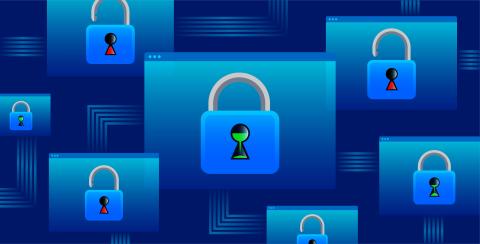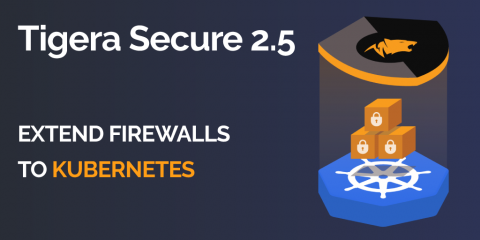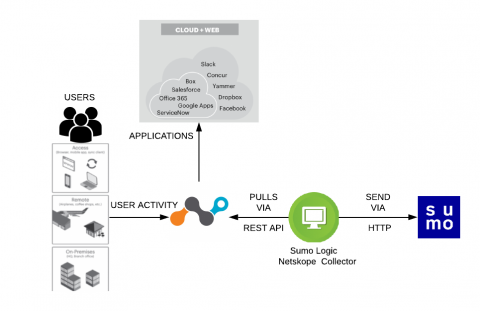Reject fake users with Block Disposable Email
Disposable email addresses are temporary email addresses used for a short period of time. The use of disposable emails is quite controversial and they are widely used in online frauds. Hence, a large number of businesses need to block disposable email services to ensure they are dealing with genuine customers.











